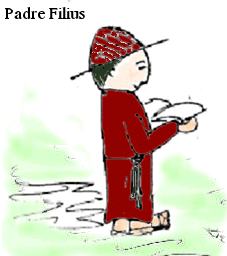
And for my Good Readers, here’s the new reviews and articles for this month. The ARJ2 ones are new additions to the top of A Reader’s Journal, Volume 2, Chronological List, and the ART ones to A Reader’s Treasury.
1.) ARJ2:
What Emotions Really Are by Paul E. Griffiths
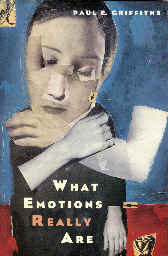
Griffiths is a philosopher from Down Under and gets down under all the jargon about emotions, some of it very esoteric philosophical jargon, and sorts out the pieces for us. If anyone from William James to Darwin to Watson to Edelman to Damasio had anything to offer about emotions, Griffiths has a few words to say about it in this book, from the propositional attitude of Anthony Kenny to the sexual behavior of rhesus monkeys, among other things.
To buy yourself a copy of this book, go to: http://www.press.uchicago.edu/cgi-bin/hfs.cgi/99/chicago/13282.ctl
Read the Review at:
http://www.doyletics.com/arj/werarvw.htm
2.) ARJ2:
Anthroposophy – A Fragment by Rudolf Steiner
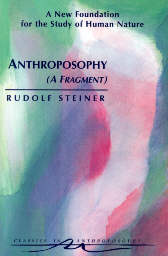
In this important book Steiner dealt with a subject so powerful and deep that he never finished the book, and thus it remained unpublished at his death about 1927. Ever have trouble understanding a particular passage of Steiner’s works or lectures? I know I have. And that’s one reason why this book is valuable – we have several versions of some passages he wrote in his attempt to better communicate his insights. How does computer hardware and software map onto the material and spiritual worlds? The answer will likely surprise you? It did me when the answer came to me. It’s all in the review.
Read the Review at:
http://www.doyletics.com/arj/aafrvw.htm
3.) ARJ2:
Experiencing Erickson – An Introduction to the Man and His Work by Jeffrey Zeig
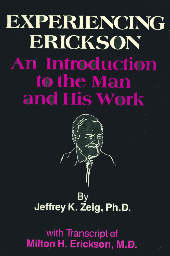
You’ve heard about Milton Erickson, the great hypnotherapist? No, well, this is a good book for your introduction to his work. If you go to a great chef and ask how he bakes a cake, very likely he’ll answer you by baking a cake in your presence. When you went to Erickson to ask any question, he baked you. In this book, you can read how he baked Jeffrey Zeig.
Read the Review at:
http://www.doyletics.com/arj/eervw.htm
4.) ARJ2:
The Theosophy of the Rosicrucian by Rudolf Steiner
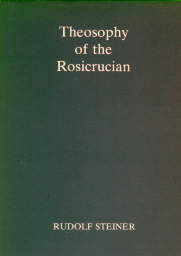
What Steiner is teaching in this book is not Theosophy, but theo-sophy in the manner of the Rosicrucian. He makes the crucial distinction early in the book “between the actual discovery of spiritual truths and the understanding of them.”
[page 11] Clairvoyance is the necessary pre-requisite for the discovery of a spiritual truth, but only for its discovery. For a long time to come, nothing will be taught exoterically by any genuine Rosicrucianism that cannot be grasped by the ordinary, logical intellect. That is the essential point.
Is it possible for you to understand the spiritual world and its truths without being able to directly sense it? The answer is clearly, if you have an ordinary, logical intellect, YES.
Read the Review at:
http://www.doyletics.com/arj/ttotrrvw.htm
5.) ARJ2:
The Trojan War and the Adventures of Odysseus by Padraic Colum
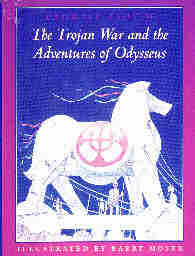
Colum, in the striking images that arise from these pages, conjures up the voice of the blind poet Homer crooning, like an ancient Ray Charles, dark shades and all — moaning tales of love, heroism, and woe to the notes of his lyre for the gathered multitudes across the ages of time.
Read the Review at:
http://www.doyletics.com/arj/tworvw.htm
6.) ARJ2:
Building Stones for an understanding of the Mystery of Golgotha by Rudolf Steiner
The Spiritual Science of Rudolf Steiner is full of insights and explanations for things that the written dogma of various churches have little explanations for. Ask for an explanation, and you get a platitude instead. Ask for 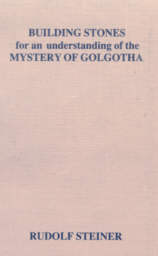 evidence, and there is none available, so you are admonished to accept it on “faith” if you are to be a good Christian. Soon you get the impression that the church person you’re talking to thinks that something is “wrong” with you because of your questions. This reminds me of the wonderful story by Raymond Smullyen, “Planet Without Laughter”. On this planet everyone was serious and no one ever joked or laughed. Almost no one. There were a few strange ones who occasionally laughed and joked. They were called “laughers” and were promptly hospitalized. They were “treated” by injecting them with a drug that caused intense pain which caused them to scream constantly, and this cured the laughter. That something similar will happen in about 4,000 years to those who find their truths in Spiritual Science is no laughing matter.
evidence, and there is none available, so you are admonished to accept it on “faith” if you are to be a good Christian. Soon you get the impression that the church person you’re talking to thinks that something is “wrong” with you because of your questions. This reminds me of the wonderful story by Raymond Smullyen, “Planet Without Laughter”. On this planet everyone was serious and no one ever joked or laughed. Almost no one. There were a few strange ones who occasionally laughed and joked. They were called “laughers” and were promptly hospitalized. They were “treated” by injecting them with a drug that caused intense pain which caused them to scream constantly, and this cured the laughter. That something similar will happen in about 4,000 years to those who find their truths in Spiritual Science is no laughing matter.
[page 91] People imagine that those who strive to arrive at the truth by means of Spiritual Science can be met with the weapons of scorn and ridicule that often pass for criticism. In the Sixth epoch they will be treated medically!
Read the Review at:
http://www.doyletics.com/arj/bsumgrvw.htm


